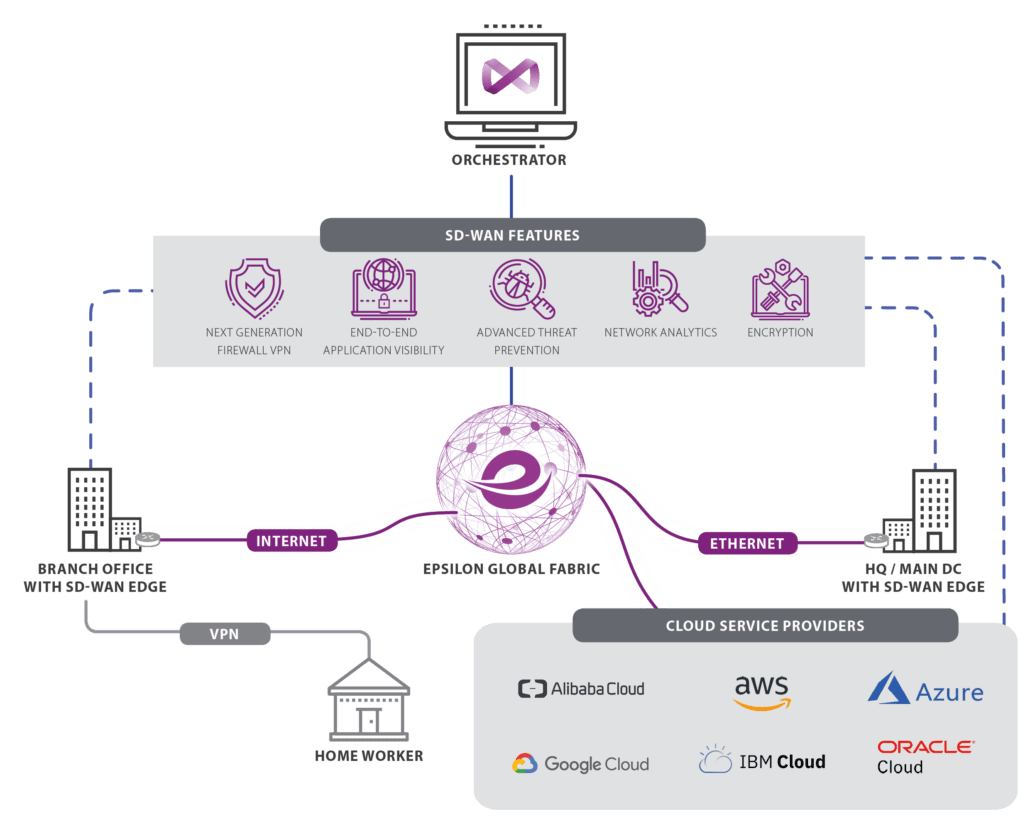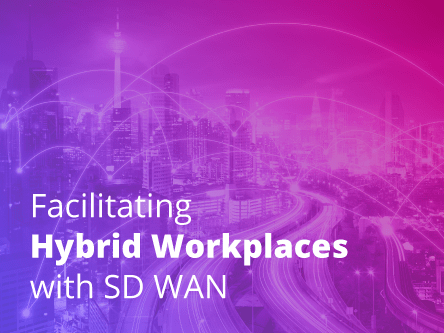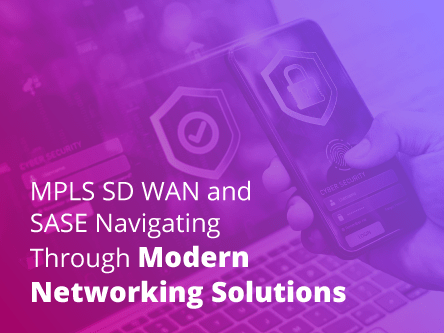Software-defined wide area networking (SD-WAN) is being embraced steadily by enterprises of all kinds globally.
According to IDC, SD-WAN revenues are estimated to exceed $5.25 billion in 2023. One key challenge observed is the interoperability of multiple SD-WAN solutions within an environment, possibly resulted from mergers and acquisitions or new demands in the network.
Global organisations are approaching SD-WAN in a way that allows them to scale for future needs.
The interoperability challenge of integrating different vendors’ systems has resulted in the Metro Ethernet Forum (MEF) 3.0 gateway that facilitates the use of standardised Lifestyle Services Orchestration (LSO) APIs to fix the issue cleanly.
This standard defines, delivers, and certifies agile, assured and orchestrated services across a global ecosystem of automated networks. It is a critical framework that enables the orchestration of networking across multiple service providers.
On the other hand, there is a growing number of born-in-the-cloud companies that have never own any physical IT assets or network infrastructure. This creates new problems as they expand geographically and connect disparate locations to the cloud. To reap the full benefit of cloud-based applications, enterprises should consider accessing the cloud via a managed SD-WAN.

Orchestrating cloud benefits with SD-WAN
The on-demand connectivity of software-defined networking (SDN) is the foundation for connecting the cloud and offering partners a seamless approach to growing their business and reaching new markets.
Organisations—especially retail, international banking and financial services—can turn up new services and manage network performance at the click-of-a-button, giving them the agility, flexibility, scalability and simplicity needed to serve today’s enterprise demands.







